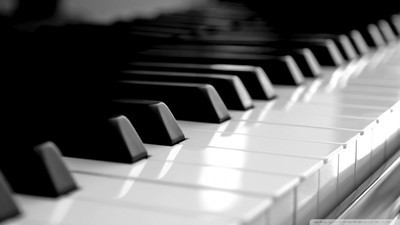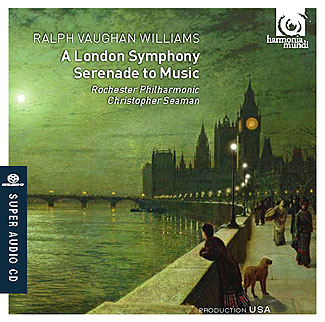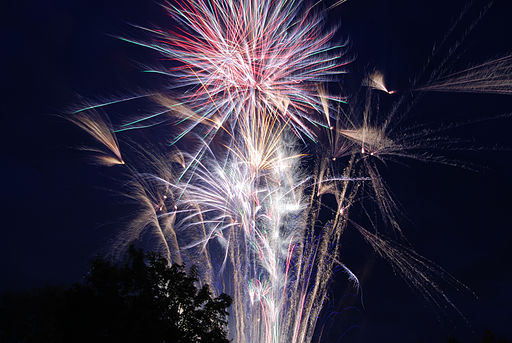
Like Beethoven, Johannes Brahms approached music motivically. Listen to Brahms’s Intermezzo in A Major, Op. 118, No. 2 and pay attention to the first three notes. The entire piece develops organically from this small, seemingly insignificant musical cell. These three notes and the underlying harmony set up a musical question in search of an answer…a problem to be resolved. The next three notes reach further, heightening expectation. Can you sense an evolving process working itself out as the music searches for just the right note? Where is each phrase, or musical sentence leading? Consider these questions and get a general sense of the piece as you listen to this performance by pianist, Radu Lupu:
[button link=”https://itunes.apple.com/us/album/radu-lupu-plays-brahms/id110704075″]Find on iTunes[/button] [button link=”http://www.amazon.com/Brahms-Piano-Pieces-Opp-117-118/dp/B0015S1ORY”]Find on Amazon[/button]
Think about the emotions you felt as you listened. Did you sense something majestic, dreamlike, maybe a touch of sadness? The power of this music lies in its ability to communicate all of these emotions and more, in a way that goes beyond words.
Now, let’s go back and listen again. Pay close attention to the harmony in the opening six notes. When these six notes return at 0:13, notice that Brahms gives us a completely new harmony. How does harmony effect the emotional meaning of the music? Why does it feel different the second time? You probably noticed other examples of this throughout the piece. (Listen at 0:46, 1:41-1:56 and 2:49-3:13). In each case, the same handful of notes are harmonized in different and unexpected ways, leading to different emotional connotations.
Focus on all voices within the texture. At 1:17 notice the opening motive popping up down in the lowest voice of the pianist’s left hand. Listen to the imitative counterpoint between voices at 2:15.
This piece is an example of Binary form, meaning that it has two distinct sections. The “B” section begins at 2:13. How does this section contrast what came before? Listen to the magical moment when the “A” section returns (3:41-3:58). It’s as if the music is trying to “remember” the opening motive after all of the adventures of the “B” section.
The more you listen to this piece, the more you’ll hear. I’ve started you off by pointing out a few details in the music, but I hope you will also listen freely and allow the music to wash over you. Have fun as you continue to listen and leave a comment in the thread below with your thoughts.



 The lazy days of summer are here in the Northern Hemisphere. For many of us this is a time to rest and recharge, whether in the cool shade of a back yard hammock or the sun and sand of the beach. What music could be more appropriately relaxing and soothing than a lullaby, with its gentle rocking rhythm and simple repetitive melody?
The lazy days of summer are here in the Northern Hemisphere. For many of us this is a time to rest and recharge, whether in the cool shade of a back yard hammock or the sun and sand of the beach. What music could be more appropriately relaxing and soothing than a lullaby, with its gentle rocking rhythm and simple repetitive melody?